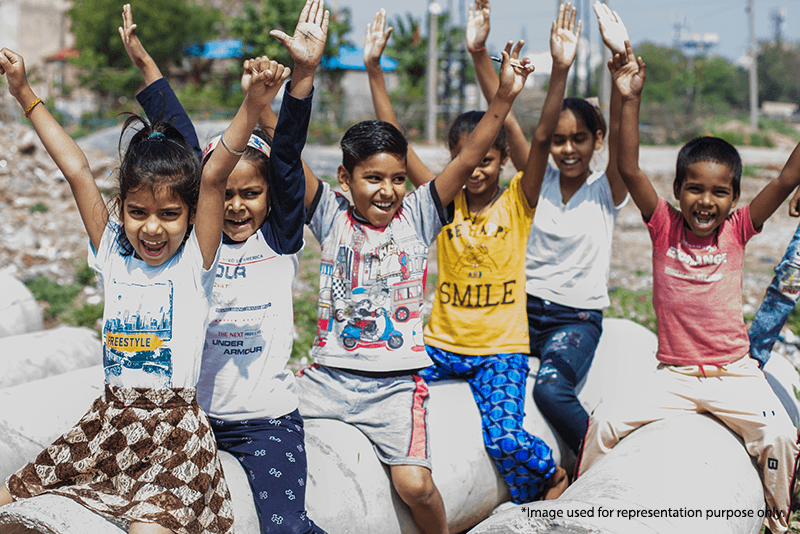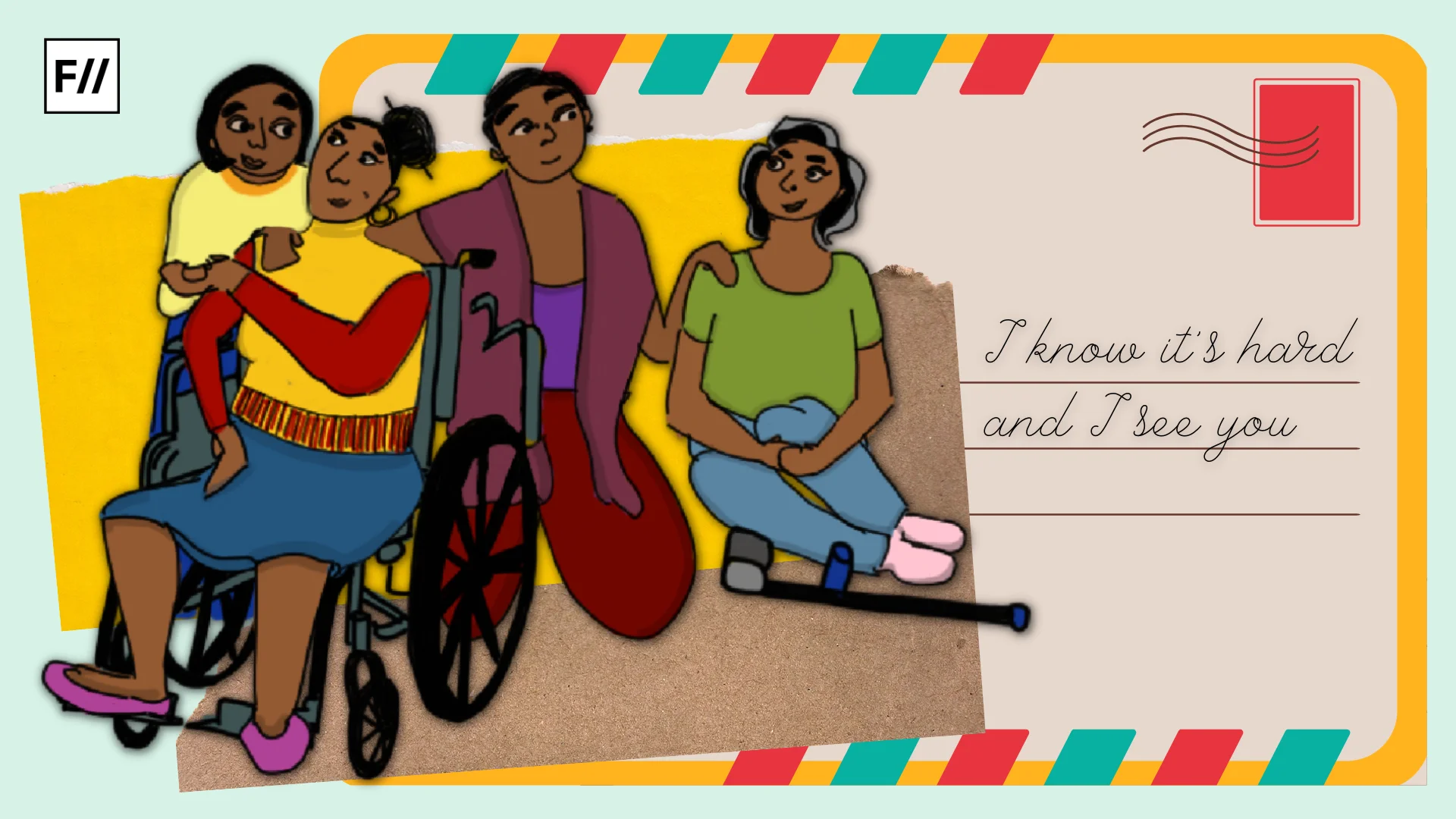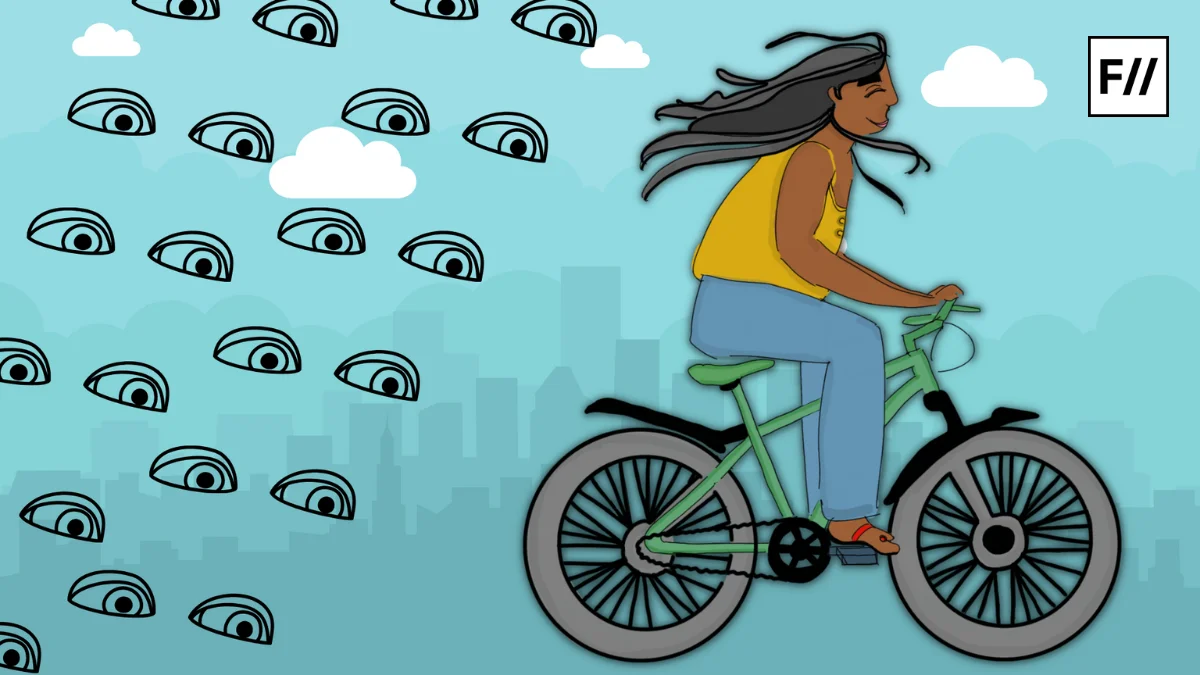Public spaces are often imagined as open and democratic — places where anyone can walk, play, or simply exist. But for many girls in India, public spaces have invisible borders. They are quietly taught where not to go, when not to linger, and how to “stay safe.” In a recent participatory mapping project by CRY and DCOOP Architects, in partnership with the Why Loiter movement, 23 teenagers — 14 girls and 9 boys — mapped their neighbourhood in Kolkata. Led by a group of CRY interns, it revealed a truth both simple and sobering: gender decides how far a child can go, how long they can stay, and whether they can simply pause.
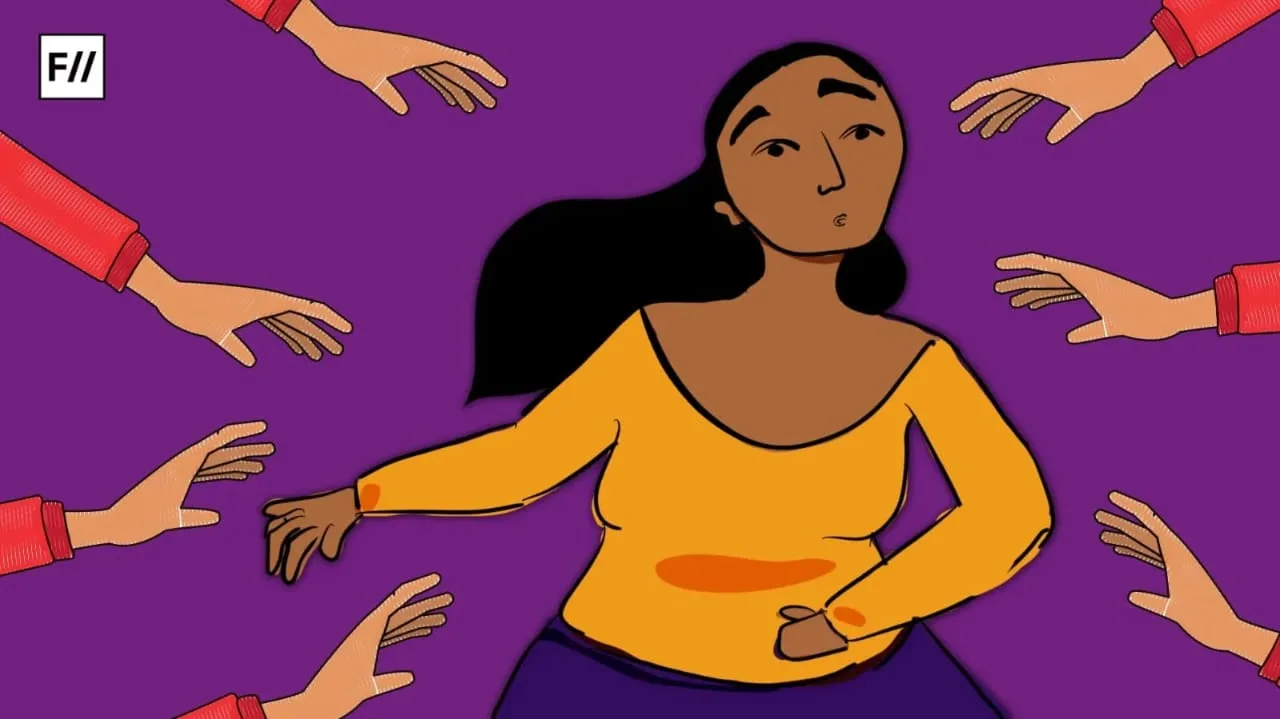
These boundaries often go unnoticed by those not living them — but they shape childhood in deep, lasting ways.
Leisure as a gendered privilege
Take leisure, something many of us take for granted. Boys like Ronit and Ahad spoke of playing cricket, strolling through alleys, and lingering outdoors for hours. They described their spaces with ease and certainty. Girls like Naina and Isha spent far more time indoors, in quiet, supervised settings — drawing, helping in the kitchen, scrolling on their phones. Some rules were explicit. Ayesha was told cycling was “too masculine.” Falak dreams of becoming a police officer, but her father insists it’s “a man’s job.”
Thirteen of the 14 girls regularly handled cooking, cleaning, and other housework, often sacrificing leisure time. Boys helped occasionally, usually with errands outside. “Bhaiya doesn’t do any of it,” Sunita said of her brother, who plays cricket while she helps with dinner.
Even when boys enjoyed indoor hobbies like painting, the choice was theirs. For girls, “choosing” to stay indoors often came from fear or obligation. Rita avoids walking alone because of strangers’ stares. Isha only feels safe outside when her younger brothers are with her. These “choices” rarely come from genuine freedom.
Chores, curfews, and unequal rules for girls
Thirteen of the 14 girls regularly handled cooking, cleaning, and other housework, often sacrificing leisure time. Boys helped occasionally, usually with errands outside. “Bhaiya doesn’t do any of it,” Sunita said of her brother, who plays cricket while she helps with dinner.
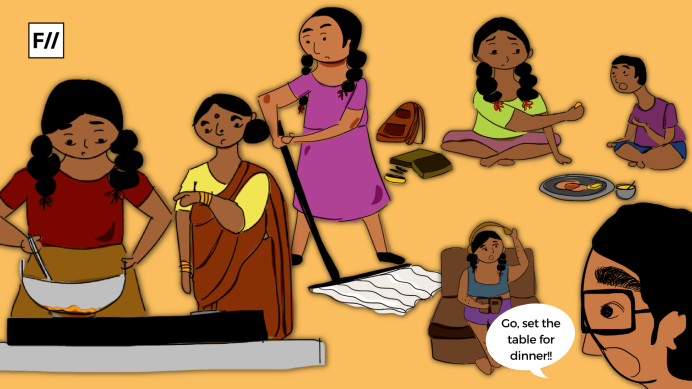
Some girls even had later curfews than boys — one until 11 p.m. — yet still lived with restrictions. Dress codes, “safe” routes, and constant caution were still enforced. Samira, who lives with her single father, stays indoors not because she’s forbidden to leave but to spare him worry. Boys, meanwhile, spoke freely about coming home whenever they wished, stopping for snacks or games along the way.
The power of pausing
One striking finding was about “pausing” — stopping briefly in public. Boys often lingered on their way to school to play or talk with friends. Most girls never paused unless accompanied, and even then, cautiously.
For them, the city is something to be navigated carefully, full of unspoken warnings. Ayesha adds 20 minutes to her walk to avoid crowded spots. Falak and Sunita openly discussed catcalls and intrusive staring. As one intern noted, “Girls give up convenience for safety at a very young age.” This isn’t about distance. It’s about permission — and perception.
Girls and adolescence: the turning point
Focusing on teenagers was deliberate. This is when children begin to move independently but remain heavily shaped by family and community norms.
For the CRY interns, the project became more than data gathering. They arrived expecting shy boys and straightforward interviews; they left deeply aware of how entrenched gender roles are in daily life. The process was messy — from tech troubles to emotional moments — but it made inequality tangible. It begins early, and it is lived.
Beyond gender: layers of inequality
While gender was central, poverty and social status deepened exclusion. Girls from low-income areas spoke not only of harassment in public but also of discomfort within their own neighbourhoods — broken pavements, rubbish-strewn streets, poor lighting, and constant community surveillance. For many, being kept from public spaces was as much about “maintaining respect” as about safety. At these intersections, girls face multiple layers of control — from prejudice, from invisibility, and from city planning that overlooks their daily realities.
Smart cities, old habits
These insights surface as the country advances its Smart Cities mission — promising efficient, tech-driven, well-maintained urban spaces. Yet the focus often tilts toward control and productivity over fairness and accessibility. CCTV cameras, mobility apps, and manicured public zones may look reassuring on paper. But do they make it possible for a 12-year-old girl to pause on her way home or join a football game in the park? Often, increased surveillance simply reinforces protectionist thinking — tightening rules for girls under the guise of “safety.” A truly smart city must also be a fair city — one designed for equality, not just efficiency.
What the city is teaching our girls and children
Urban spaces are never neutral. As Why Loiter? Women and Risk on Mumbai Streets by Shilpa Phadke, Sameera Khan, and Shilpa Ranade argues loitering — simply being in public without purpose — is an act of claiming rights. Boys grow up learning to take up space; girls learn to justify it.
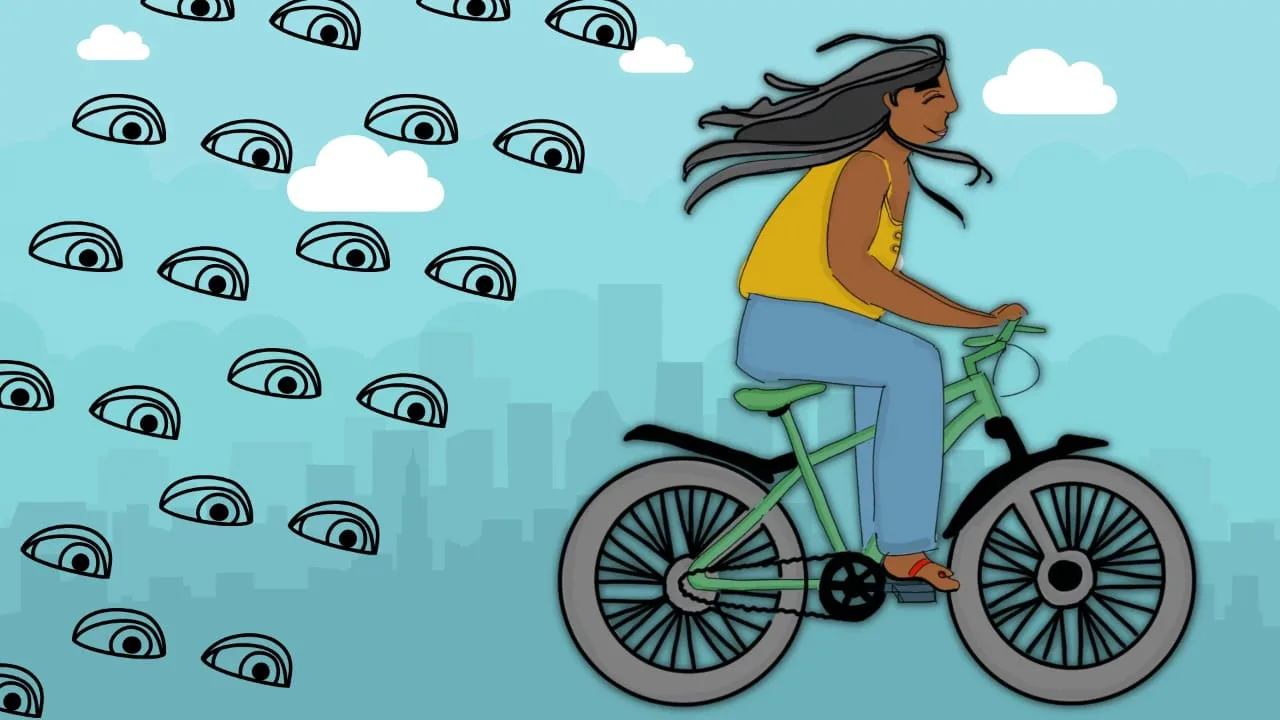
When girls avoid playgrounds or take detours to feel safe, they lose more than time. They lose autonomy, confidence, and a sense of belonging. Boys, meanwhile, inherit freedom of movement as a given. This divide isn’t just about geography — it’s about who gets to own their sense of self.
Reimagining our cities
Turning feminist urban theory into practice means:
- Safety audits that consider visibility and usability, not just lighting
- Inclusive design — parks, toilets, and seating for all
- Public transport that is safe and accessible
- Gender equity education in schools
- Involving marginalised girls in city planning conversations
Most importantly, we must reject the idea that protecting girls means restricting them. Overprotection often conceals control. Boys must learn to share space, not presume ownership; girls must feel entitled to public space without having to explain why.
The freedom to roam is not a privilege — it is a right.
As we celebrate 78 years of our hard-earned Independence, it’s worth remembering that freedom is not only about flags and speeches. It’s about whether a 12-year-old girl feels she can take the long way home because she wants to — not because she has to.
If our cities teach boys to spread out while girls shrink back, we are not building inclusive futures — only repackaging old patterns in shiny, “smart” forms. We must listen to our youngest citizens. Their footsteps — where they are free to go and where they are stopped — reveal the real shape of freedom and the possibilities of an inclusive city.
Shilpa Ranade is Principal Architect at DCOOP Architects.
Trina Chakrabarti is Regional Director, CRY.
